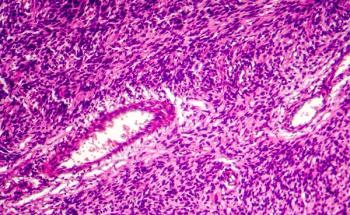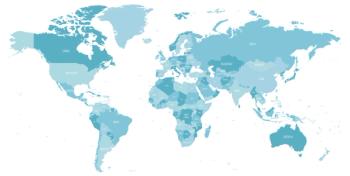
5 Things About the Orphan Drug Act
January 4 marks the anniversary of the Orphan Drug Act, which was enacted in 1983. Since the law was passed, it has successfully encouraged more orphan drug development, but some now say drug makers are manipulating the system and the incentives need to be revisited.
January 4 marks the anniversary of the Orphan Drug Act (ODA), which was enacted in 1983. Since the law was passed, there was been a marked shift in orphan drug development. Here are 5 things about the law and its impact.
1. The purpose of the act
In 1983, ODA was set up to encourage increased development of drugs for rare diseases. It was amended in 1984 to define rare diseases as those that affect less than 200,000 people in the United States, but it also included drugs for diseases affecting more than 200,000 people as long as there was no commercial viability—that is, that the cost of development and making available in the United States a drug for the disease would exceed revenue from the US sales.1
2. How does it provide incentives?
A key incentive in ODA is that pharmaceutical manufacturers receive 7 years of marketing exclusivity. ODA also made several grants available to be awarded annually to companies or academic-based researchers and a 50% tax credit for expenditures incurred while orphan drugs were being evaluated for their therapeutic potential.2
3. What has been the impact?
Research has shown that since ODA was passed, there has been an increase in orphan drugs coming to market. Aaron S. Kesselheim, MD, JD, MPH, of Harvard Medical School, highlighted the changes in a 2011 paper, which showed the number of orphan designations jumped from just 1 in 1983—the year the law passed—to 40 in 1984, and that the number of designations had reached 121 in 2007.3
4. The controversy
However, ODA is not beloved by all. Some believe pharmaceutical companies have taken advantage of ODA.
5. Rethinking ODA
The issues with ODA are being acknowledged. In January 2018, FDA Commissioner Scott Gottlieb, MD, said he was open to rethinking aspects of the law. He
References
1. Herder M. What is the purpose of the Orphan Drug Act? PLoS Med. 2017;14(1):e1002191. doi: 10.1371/journal.pmed.1002191.
2. Seoane-Vazquez E, Rodriguez-Monguio R, Szeinbach SL, Visaria J. Incentives for orphan drug research and development in the United States. Orphanet J Rare Dis. 2008;3:33. doi: 10.1186/1750-1172-3-33.
3. Kesselheim AS. An empirical review of major legislation affecting drug development: past experiences, effects, and unintended consequences. Milbank Q. 2011;89(3):450-502. doi: 10.1111/j.1468-0009.2011.00636.x.
Newsletter
Stay ahead of policy, cost, and value—subscribe to AJMC for expert insights at the intersection of clinical care and health economics.














































